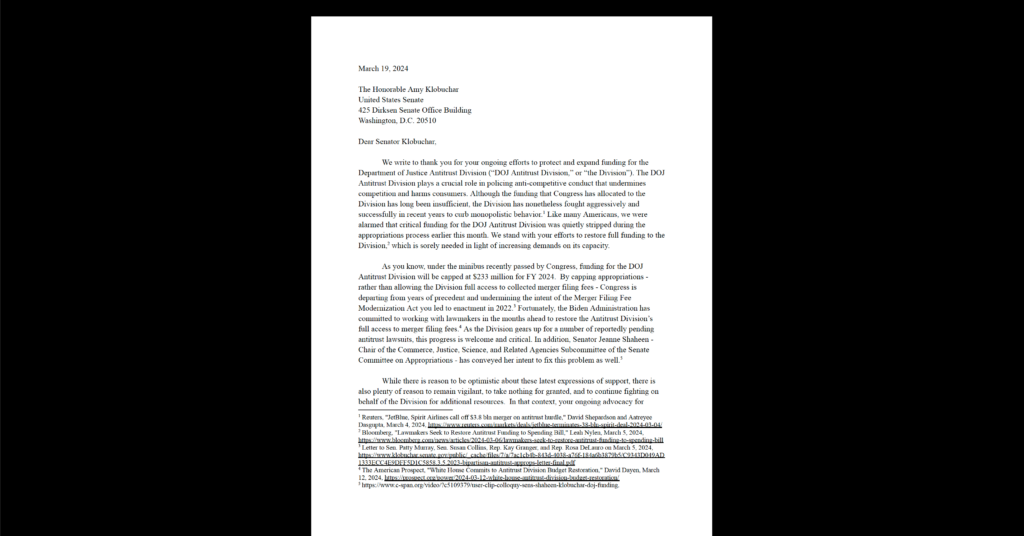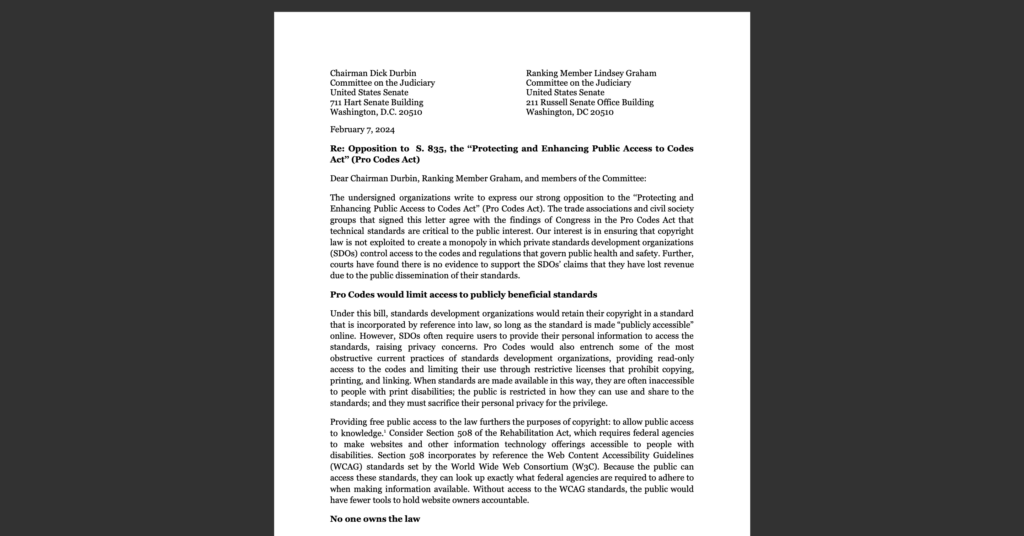S.G. to Supreme Court: Don’t Revisit “Remote Storage DVR” Case
The Solicitor General filed a brief with the Supreme Court on Friday that is good news for anyone who likes the idea of being able to record digital television without having to acquire and install a digital video recorder (DVR) box in the home. More importantly, the brief significantly reduces the chances of a decision that could cast a legal cloud over a wide range common network and computing technologies.
In August 2008, the Second Circuit Court of Appeals overturned a lower court ruling that had barred Cablevision from rolling out a DVR that would store recorded programs on a remote server instead of on a hard drive in a box next to the TV. This “remote storage DVR” (RS-DVR) would have given consumers a new choice for TV recording functionality, much as phone-company-provided voicemail gives consumers an alternative to buying and installing answering machines. But the lower court said it would violate the copyrights in recorded programs. As CDT explained two years ago, that ruling would have carried dangerous implications for any networked-based service that stores data remotely — in other words, for the many services that embrace the trend towards “cloud computing.” The basic message seemed to be that when a company enables users to store data on equipment located at the company’s facilities, the company can be directly liable for any data that violates copyright. The decision also suggested that fleeting buffer copies — ubiquitous in digital technology — could give rise to copyright liability as well.
Fortunately, the Second Circuit reversed the lower court’s dangerous decision. But the plaintiffs sought Supreme Court review, and the Supreme Court in turn asked the S.G. to weigh in on whether it should take the case. When the S.G. tells the Supreme Court to take the case, it usually does. And if the Supreme Court takes this case, it impossible to guess the outcome. Perhaps the Court would uphold the Second Circuit’s decision, but you never know. As the S.G. recognized in its brief, the particular posture of this case increases the risk of a confusing or problematic outcome. Specifically, issues of secondary liability and fair use were excluded at an early stage of the litigation by stipulation of the parties. That means the legal theories available to the Court would be artificially limited.
On the substance of the case, moreover, the S.G. brief seems to reinforce the idea that the decision to use remote instead of local data storage should not result in an entirely different legal analysis with greatly increased liability risk. This is the key point, from CDT’s perspective. To a large extent, the case turned on the question of which party — the end user subscriber or the service provider (Cablevision) — would be deemed to “make” the copies of the copyrighted TV programs. The S.G.’s brief rightly says that the Second Circuit “reasonably concluded” that it is the subscriber. The brief goes on to say that the “shift from local to network-based recording and playback . . . appears largely irrelevant to the determination of who would ‘make’ the copies.” CDT agrees; there is no reason for the physical location of storage to carry much legal relevance.
In short, the Second Circuit made a sound and important decision for the RS-DVR while avoiding reasoning that could expose a wide variety of remote storage technologies to new and unwarranted copyright liability. The best course for now is to let that decision stand.
To be sure, the Supreme Court could choose to take the case despite the S.G.’s contrary recommendation. But it is much less likely. That’s good news.


